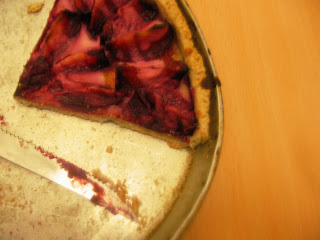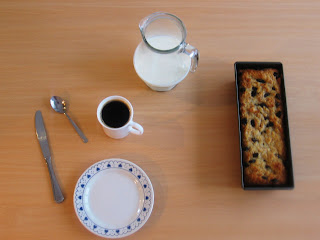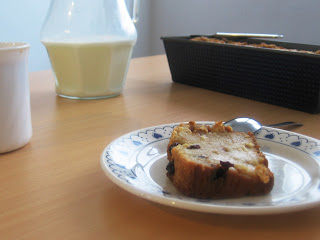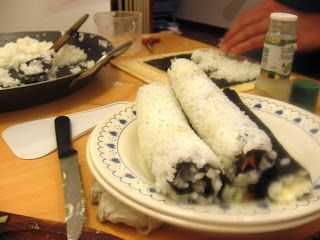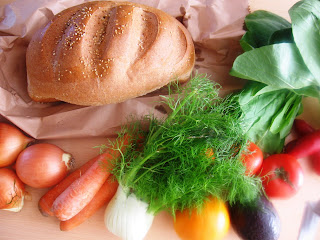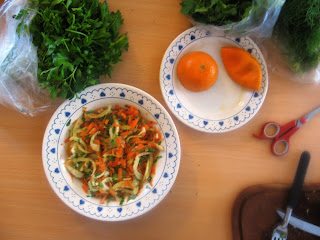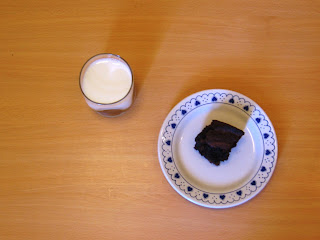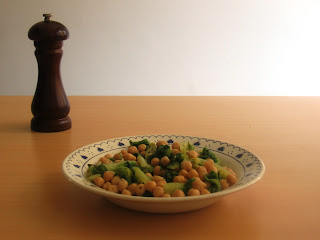
Buenos Aires is getting hot.
It's happened quickly, and without warning. Two weeks ago we had the windows open to let in fresh, cool air, and we were wearing light jackets at night and in early morning, and I was asking Bennett if he was sure he didn't want to put a long-sleeved shirt over that golf tee he was wearing out for the day, I mean I know it's sunny but it's still brisk and shade can be deceptive, right, honey?
Then everything changed. From the low seventies, the climate has jumped to the high eighties. With the seemingly spontaneous jumps in temperature and time (for some reason, part of Argentina decided not to do daylight savings this year, but all the computer clocks and half of the cell phones jumped an hour ahead, anyway, two weeks ago; I've changed my laptop clock twice but my computer, each week, keeps edging ahead on its own on Monday mornings), Buenos Aires is starting to take on a whole other other-worldly feel.
Clothing in the city hasn't changed much, with women still in tight jeans and high heels, and men still in dark suits and button-ups, but it seems to me there are lines of desperate sweat breaking out along everyone's foreheads. Each person who has been here for at least one summer has told me how brutally hot and humid the city gets, but thus far, I've just nodded and attributed their descriptions to the standard porteño exaggeration style. Though I'm used to sweaty, swampy DC summers, it's been over a year since I've been in true heat, and I am beginning to get a little scared.
Anyway. The point of this all, really, is that today for lunch I wanted to make oeuf cocotte, which sounds very dainty and fancy, all dressed up in italics, but really it's just baked eggs, topped with a little milk or cream to keep them moist. I was planning on a version with smoked salmon and cream cheese and shallots, and fresh baguette for dipping into the runny yolks, set up on our little table in all manners of rustic elegance.
Well, after I did my shopping in the hot hot heat of the early afternoon, and dropped the grocery bags onto the kitchen counter, I realized there was no way on earth I was going to turn on the oven. So, the eggs went into the refrigerator, and the salmon went into a sandwich. And as I had more time to play in the kitchen, I started my slow attack on our full vegetable drawer: the first victim being a head of slightly droopy romaine lettuce.
 One of my favorite simple dishes is made up of garbanzo beans, lemon juice, olive oil, and salt. I've tried throwing raw greens into the mix from time to time, but the leaves never seem to fit right on the fork, especially when you are chasing the slippery little beans around. I needed to use the romaine, though, before it started to get brown and slick and all sorts of bad things that rest on your conscience, if you think about that sort of thing. So! What's a girl to do, using a minimum amount of heat in a minimum amount of time? She wilts a few leaves on the stove, on the lowest of settings in the littlest of broth, and feels ridiculously proud when her greens, once cooked a bit, are greener than before.
One of my favorite simple dishes is made up of garbanzo beans, lemon juice, olive oil, and salt. I've tried throwing raw greens into the mix from time to time, but the leaves never seem to fit right on the fork, especially when you are chasing the slippery little beans around. I needed to use the romaine, though, before it started to get brown and slick and all sorts of bad things that rest on your conscience, if you think about that sort of thing. So! What's a girl to do, using a minimum amount of heat in a minimum amount of time? She wilts a few leaves on the stove, on the lowest of settings in the littlest of broth, and feels ridiculously proud when her greens, once cooked a bit, are greener than before.The garbanzos and romaine are happy partners; the beans provide the slightly sweet, nutty base, and the lettuce provides a pleasantly bitter contrast. Everything comes together quickly, and can be eaten warm, fresh out of the pan, or barely cooled, after sitting in the fridge for an hour or so -- perfect for whatever weather is thrown at you.

Garbanzo Beans with Wilted Romaine
I didn't try this today, but I'll bet this salad would also be very good with some thinly grated Parmesan cheese added in, at the very end.
1 head romaine lettuce
1 shallot, chopped
1/3 cup chicken stock (I used 1/3 cup water, and 1/2 a bouillon cube)
1 can garbanzo beans, rinsed and drained
juice of 1/2 lemon
olive oil, to taste
Clean and separate the lettuce leaves, and tear into medium-sized pieces.
Meanwhile, heat the shallot in the chicken stock in a pot over low heat. Once the water has come to a simmer, toss in the lettuce. This may look like a lot at first, but the leaves cook down quickly. Stir occasionally, until the romaine has wilted and taken on a bright green color, not quite five minutes.
Strain the leaves from the broth. (I saved this, today, and drank it. It was delicious, and filled with all sorts of nutrients, I'm sure.)
Put the wilted romaine and drained garbanzos together in a bowl. Mix in the lemon juice, and drizzle over olive oil, to taste. A little salt and freshly grated pepper, and you're done!







